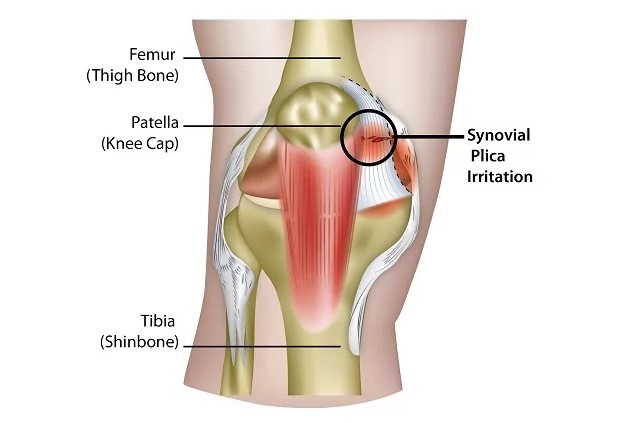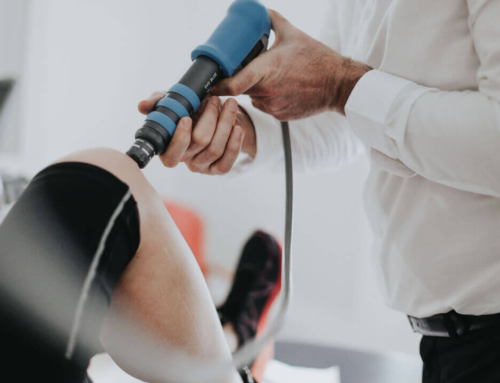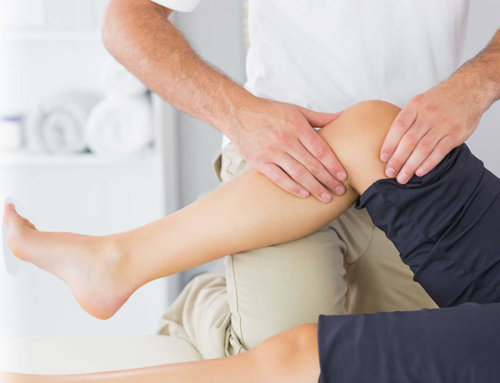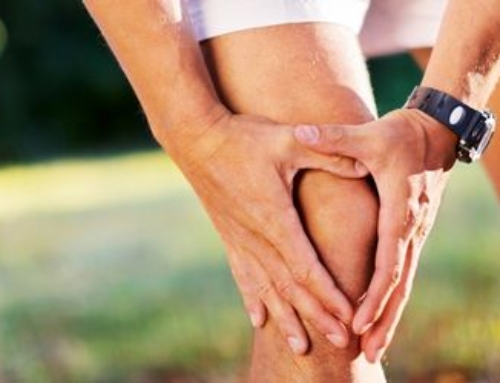At Complete we see thousands of knee complaints every year, from an 80 year old gentleman with osteoarthritis to a 23 year old professional footballer following ACL reconstruction.
One of the most common questions we get in clinics is ‘why does my knee click? So, if you have ‘clicky’ knees you are certainly not alone!
Often the question is phrased slightly differently and patients relate it to certain activities, such as.
-
Why do my knees click when I walk?
-
Why do my knees click when I squat?
-
Why do my knees click when I go upstairs?
-
Why do my knees click when I go downstairs?
If you are worried about your clicking knees and would like to book an appointment or for more information please email info@complete-physio.co.uk or call 0207 482 3875.
Should you worry about clicking Knees?
The next question is often; is it arthritis? and am I wearing my knee out?
Next our clinicians would enquire “is the clicking painful?” If the answer is ‘no’ then the simple answer is ‘no it does not matter’.
Joints make a variety of noises’, patients describe;
“popping, snapping, cracking, catching, grinding, grating and clunking!”
The medical term we use for ‘clicking’ is crepitus, from the Latin meaning “to rattle”. It is not just old people that experience it, can affect people of all ages!
The video below is Helen O’Leary our clinical director of Complete Pilates. She is a fit and active 34 year old with very ‘clicky’ and ‘clunky’ knees (as you can hear!).
Helen has never injured her knees; it does not stop her running or playing sport and she has never had any knee pain. Is she worried now or about the future of her knees?? ‘No’ not at all!
Why do my knees click?
The clicking could occur for a few different reasons. Although the noise can be quite alarming on occasion, they are seldom a reason to worry.
Believe it or not scientists first studied the ‘clicking’ or ‘popping’ noise in 1947! There was much debate initially but in 2015 a real-time medical imaging study of joint spaces revealed the answer!!
The noise occurs because tiny air bubbles (nitrogen) accumulate within the fluid inside your joints and when you move, they collapse (or burst) due to the changes in pressure inside the joint. The noise occurs when the gas bubbles collapse. When the bubbles burst this is called ‘cavitation’. It is the same process as when you ‘click your knuckles (see video below)!
In the knee this can occur from either the knee joint itself between the tibia (shin bone) and the femur (thigh bone), known at the tibio-femoral joint or the joint on the front of the knee between the patella (kneecap) and the femur (thigh bone), known as the patellofemoral joint.
This mechanism is why you hear the ‘clicking’ noise if your physiotherapist or osteopath applies a short, sharp movement to one of your spinal joints. It also explained why you cannot keep clicking the same joint in quick succession. It takes approximately 20 minutes for the gas bubbles to reform.
Other reasons your knees click
1. If the clicking occurs on the outside of the knee it is often related to the iliotibial band (ITB) flicking over the adjacent bony landmark, known as the lateral condyle of the femur. If this is painful then it is often known as Runner’s knee or iliotibial band syndrome.
2. If the clicking occurs at the back of the knee then it may be due to swelling at the back of the knee, called a Baker’s Cyst or the medial hamstring tendons.
- A Baker’s cyst is a fluid filled sac that indicates there is swelling in the knee joint. It is a benign cyst but can cause flicking at the back of the knee as the hamstring tendons cross descend adjacent to it.
- The medial hamstrings, more specifically the tendons of the semimembranosus and semitendinosus muscles pass across the back of the knee and can flick on each other as you bend and straighten your knee for example with walking, running or going and down hills or stairs.
Both these conditions are often pain free and are often nothing to worry about.
3. Another type of clicking that can occur at the front of the knee can be due to an anatomical structure called a plica. The plica is a fold in the thin tissue (called the capsule) that surrounds the knee joint.
We all have four in the knee but sometimes they can be a little thicker and cause impingement on the surrounding soft tissue structures or bones.
This can cause ‘clicking’ or a flicking or catching sensation clicking when you bend the knee or squat. It is often the one on the front of the knee, just on the inside of the knee, next to your kneecap (see image below). Most of the time this is pain free, but if it is painful it is called Plica syndrome.

All of the above reasons are often pain free, are not serious, do not indicate structural damage and are not predictive of future pain or problems. However, if they are associated with pain then we would advise you are assessed by one of our expert physiotherapists to understand what is causing your pain.
What the clicking is not?
Many of our patients worry that the clicking represents the bones rubbing together and causing damage to the joints. This is simply not the case. It is normal for knees to click, they are moving parts with many structures that move and glide next to each other when you bend and straighten the knee, for example when going up or down the stairs.
More reasons why should you not worry about your clicking knees?
Interestingly, most knee issues we see in clinics that are painful, have no clicking or clunking!
5 reasons not to worry about your clicking knees:
- There is no evidence it will get worse as you get older
- There is no evidence it will ‘wear out your joint’ and cause osteoarthritis (OA)
- Painfree clicking is unlikely to stop you from carrying out the activities you love doing, be it hiking, running, cycling, squatting or gardening!
- There is no correlation between the amount of clicking or the volume of the clicking and levels of pain.
- There is no evidence it will progress into becoming painful. It is not a pain predictor!
Many of our physiotherapists are dual trained as musculoskeletal sonographers. This means they use diagnostic ultrasound as part of their clinical assessment to look inside the body to assess the joint and surrounding soft tissue structures such as ligaments and tendons.
Diagnostic ultrasound is a ‘dynamic’ imaging technique. Unlike static imaging techniques such as an X-ray or MRI, ultrasound can assess the structures whilst the patient can carry out a specific movement that reproduces the ‘click’. This makes it the perfect assessment to accurately identify the structures that are causing the ‘clicking’ and the specific reason for your pain.
If you are worried about your clicking knees and would like to book an appointment or for more information please email info@complete-physio.co.uk or call 0207 482 3875.
Don’t let pain hold you back, book now!





